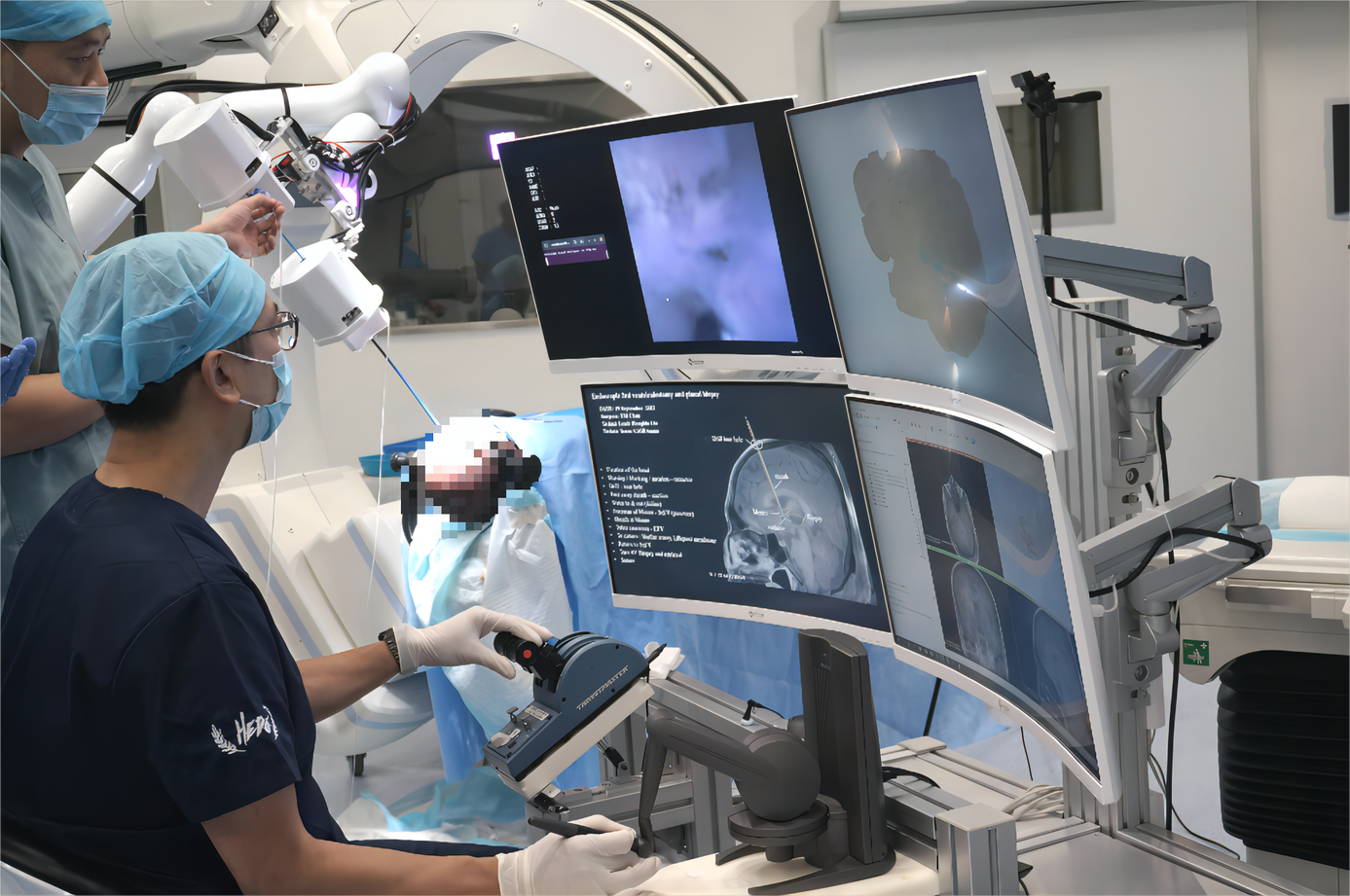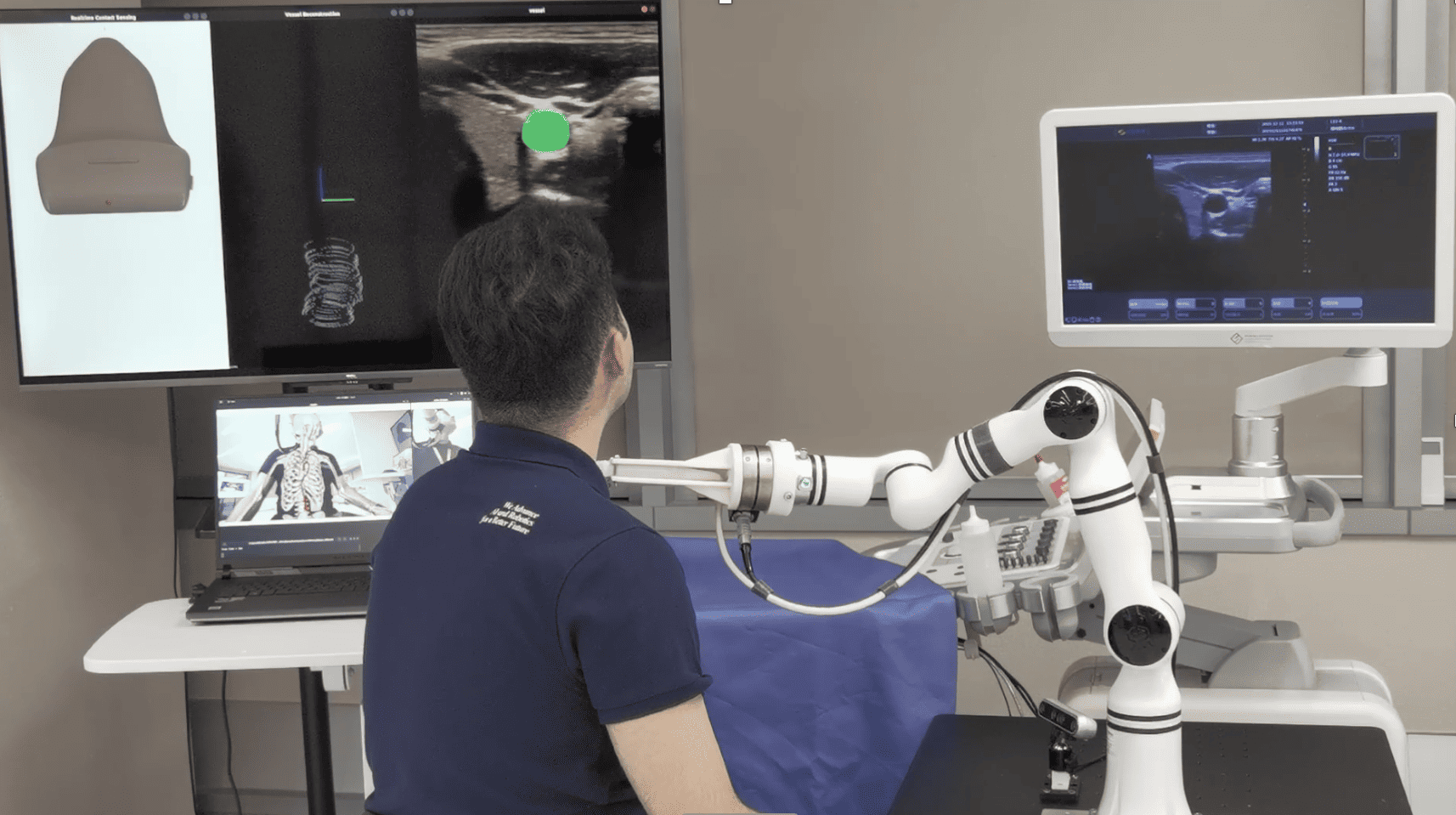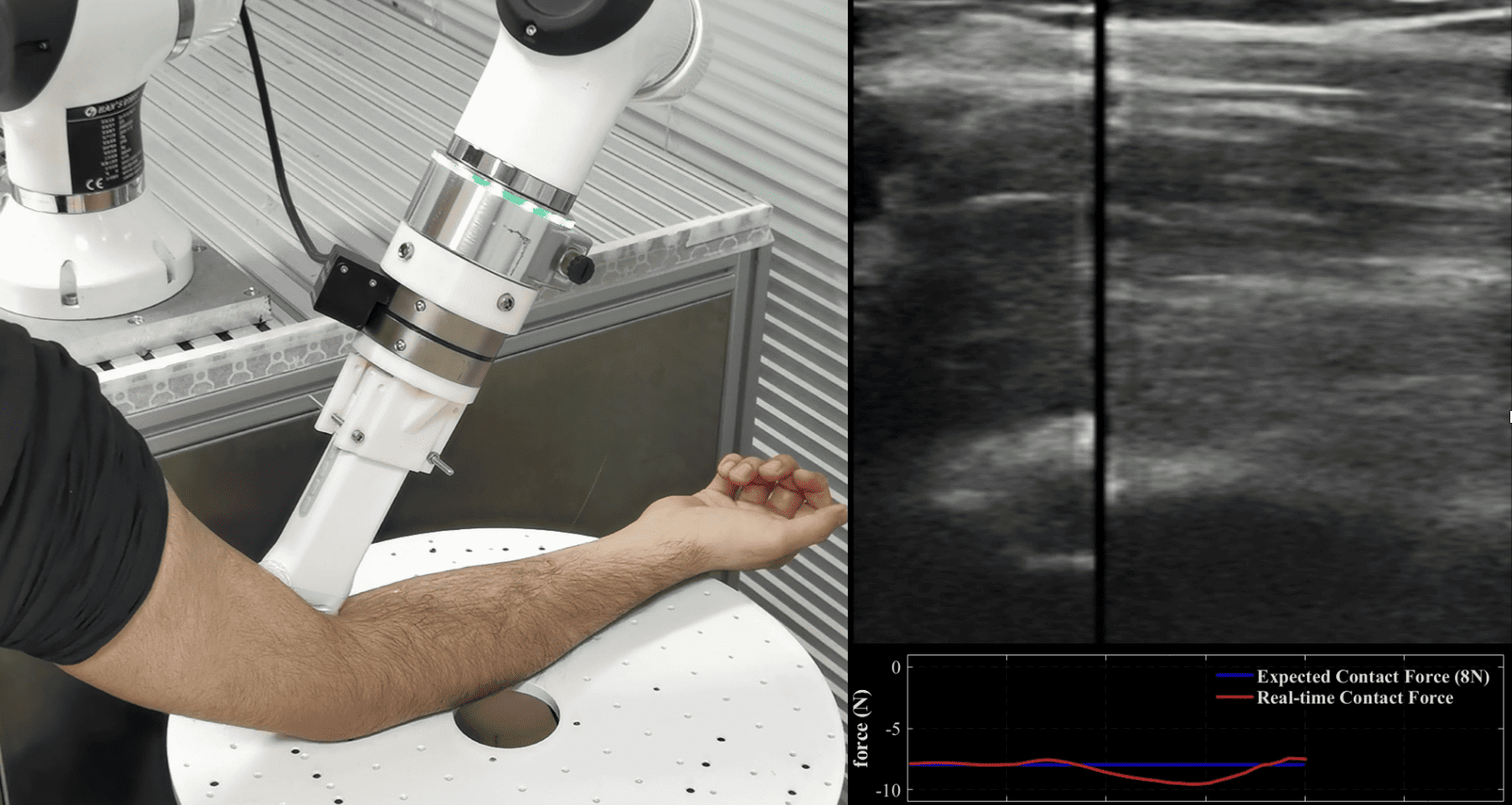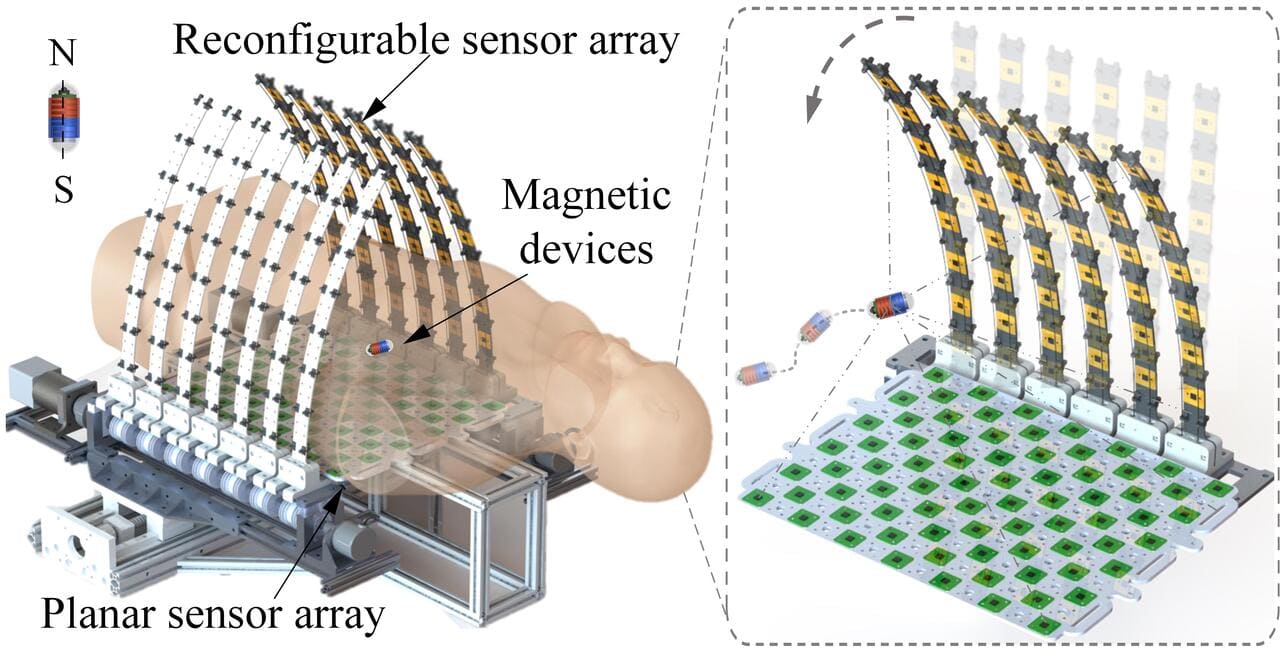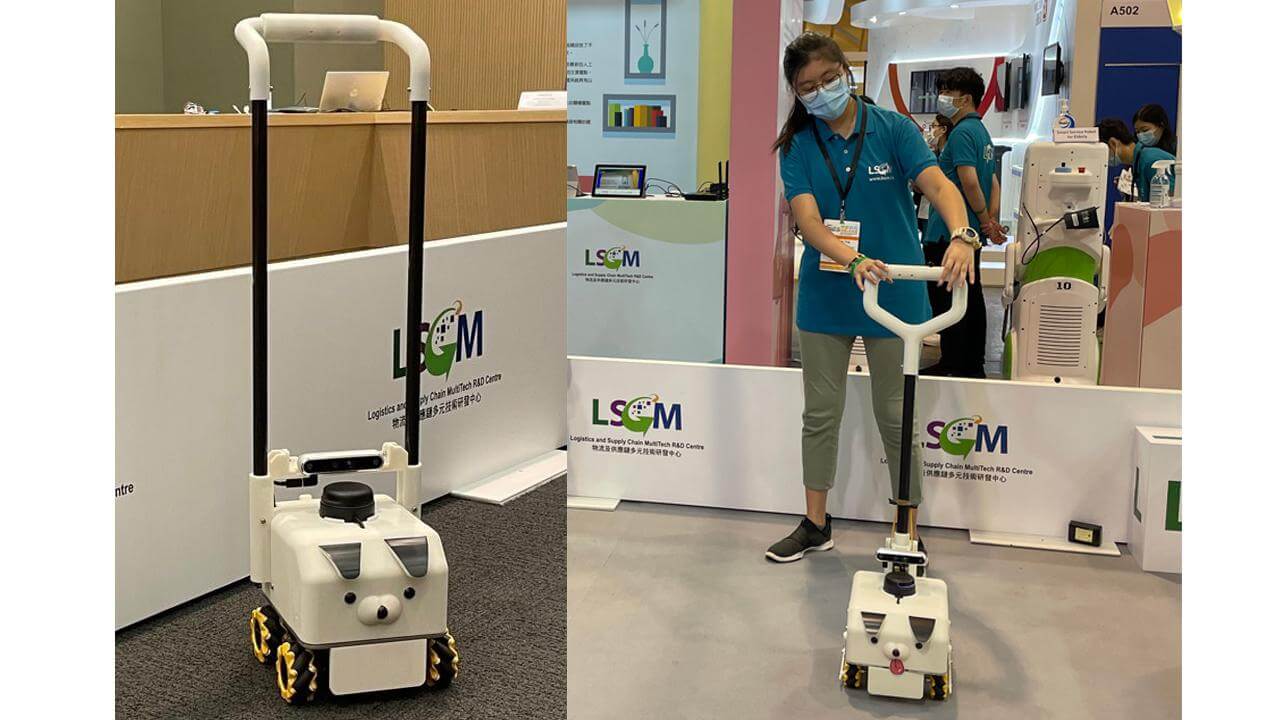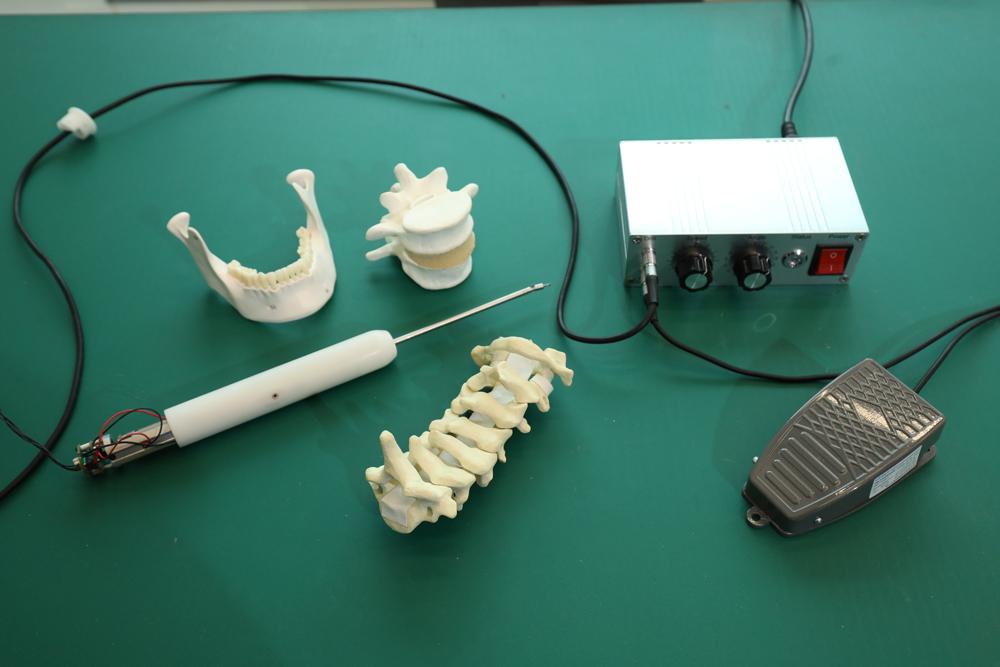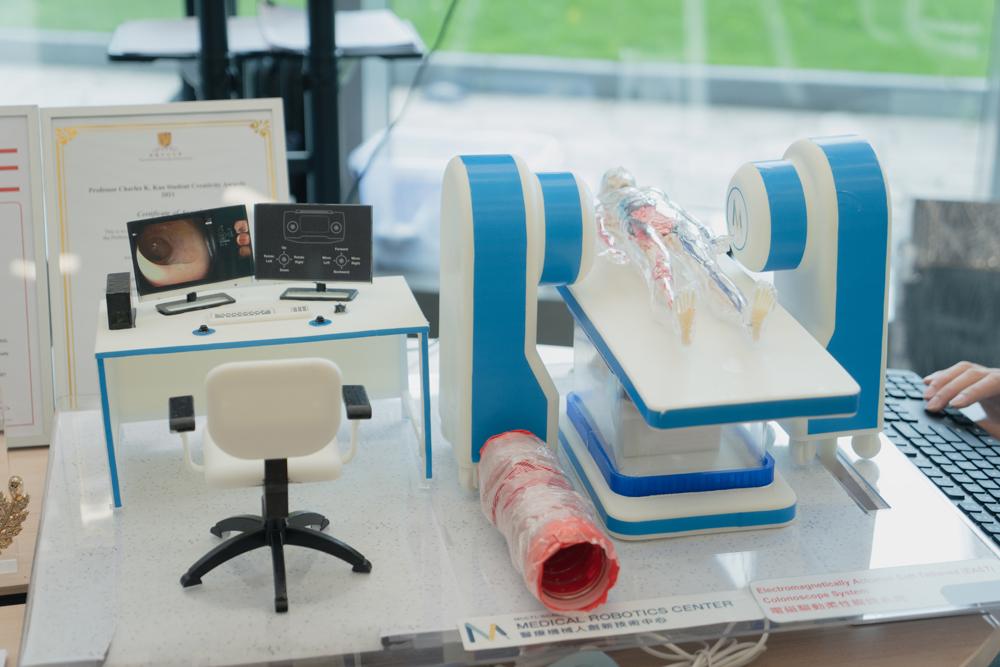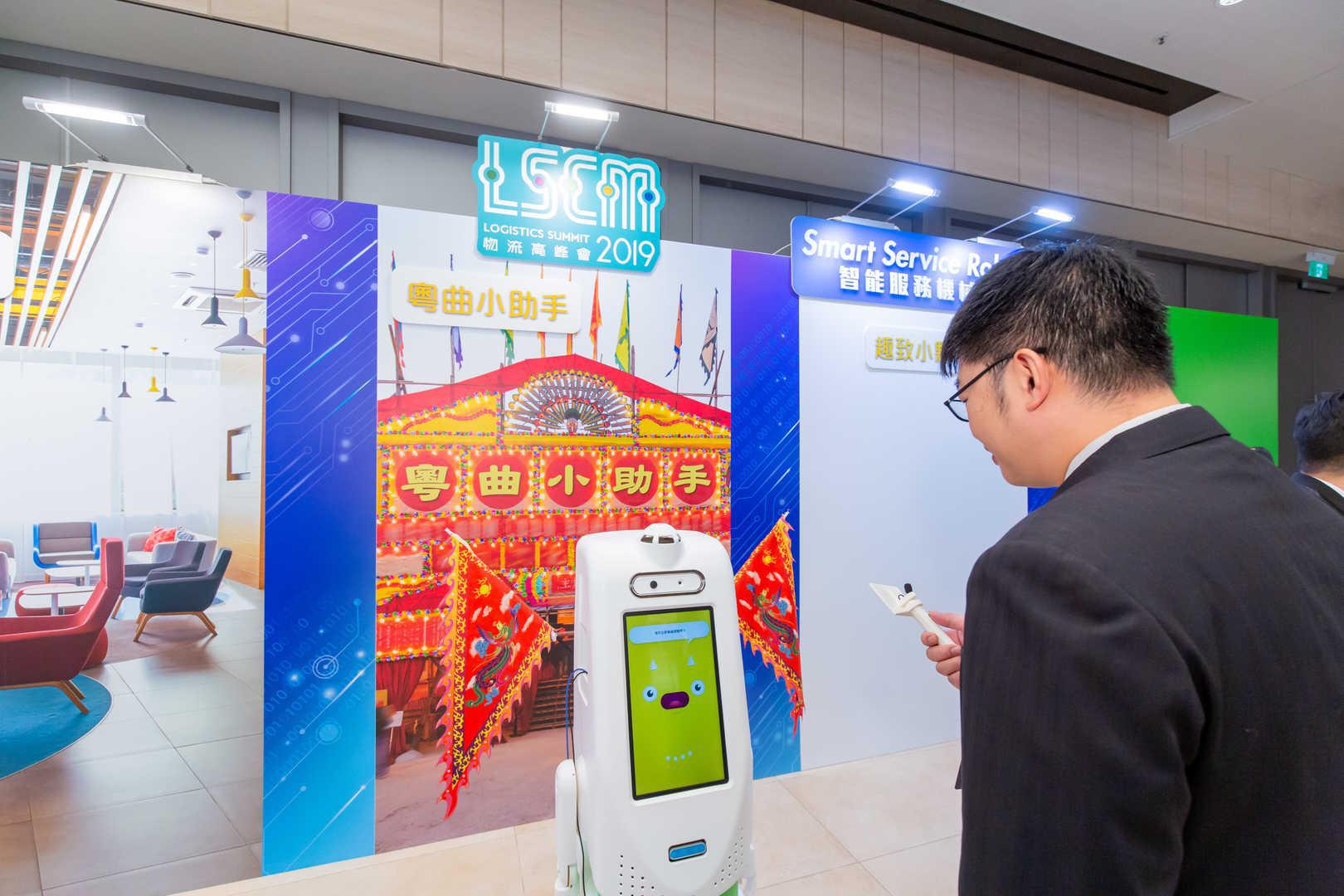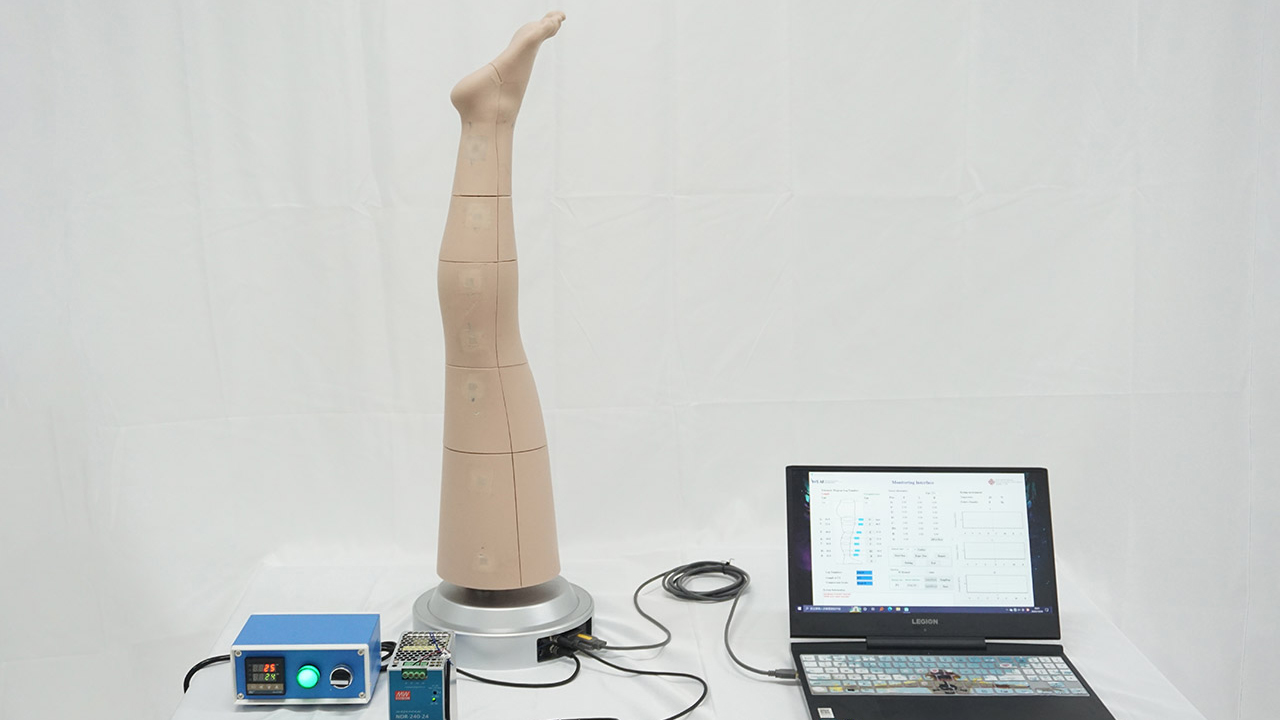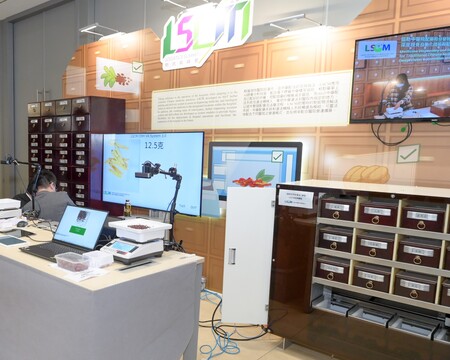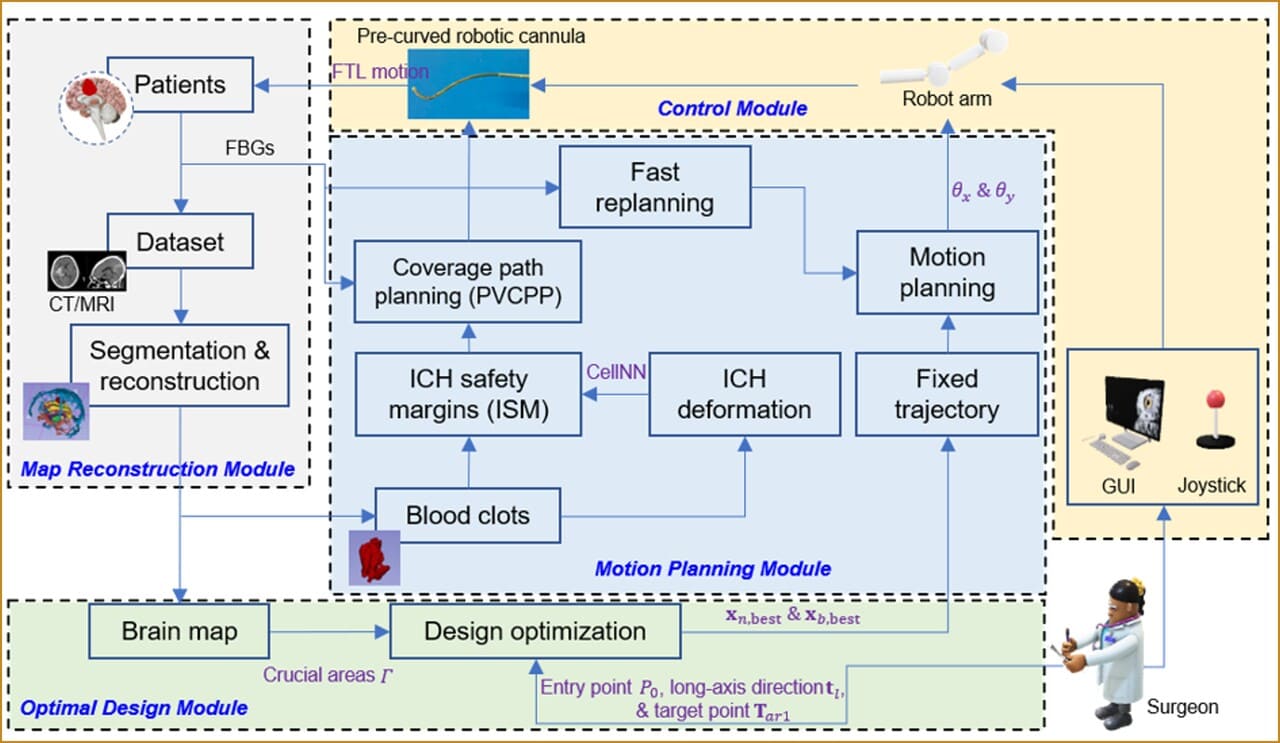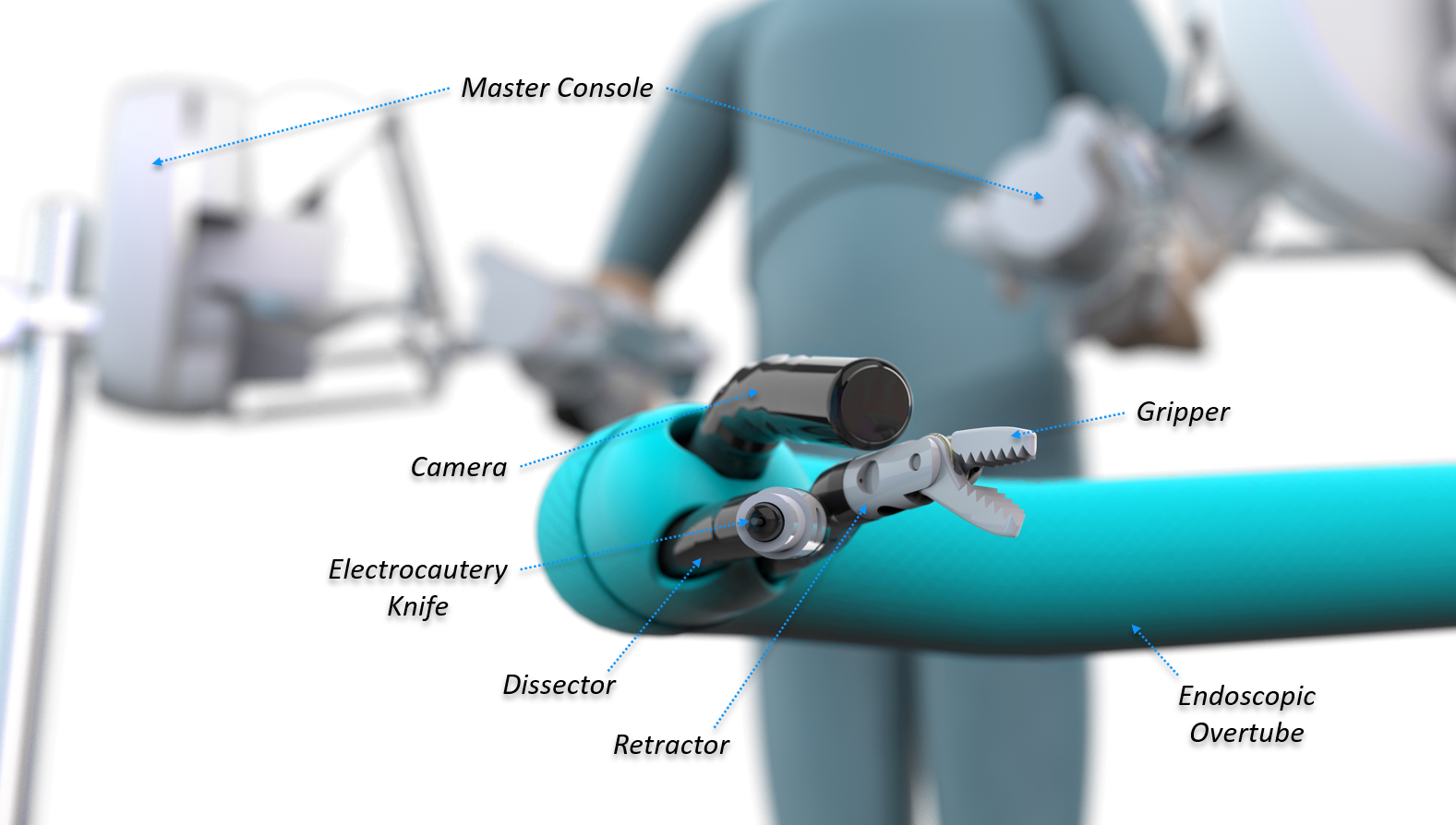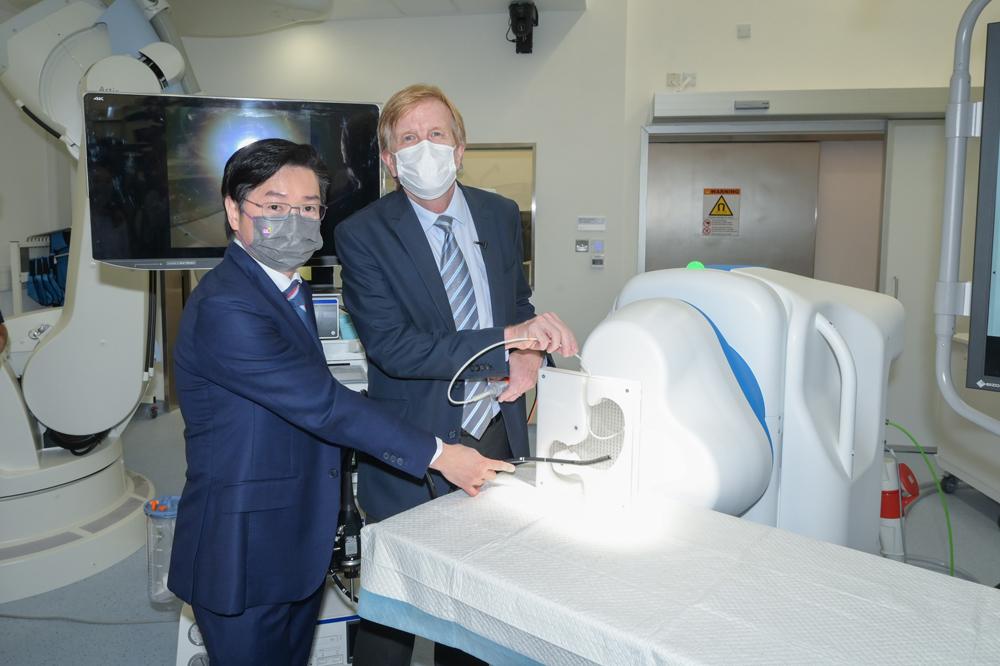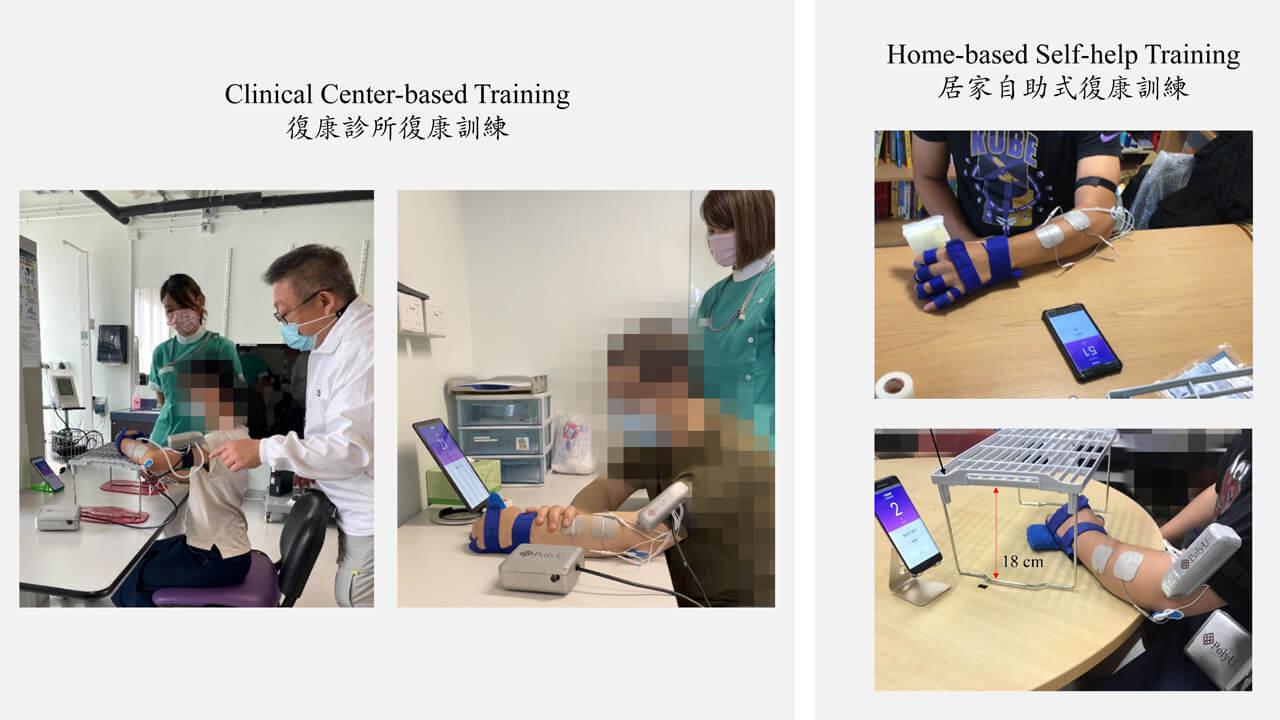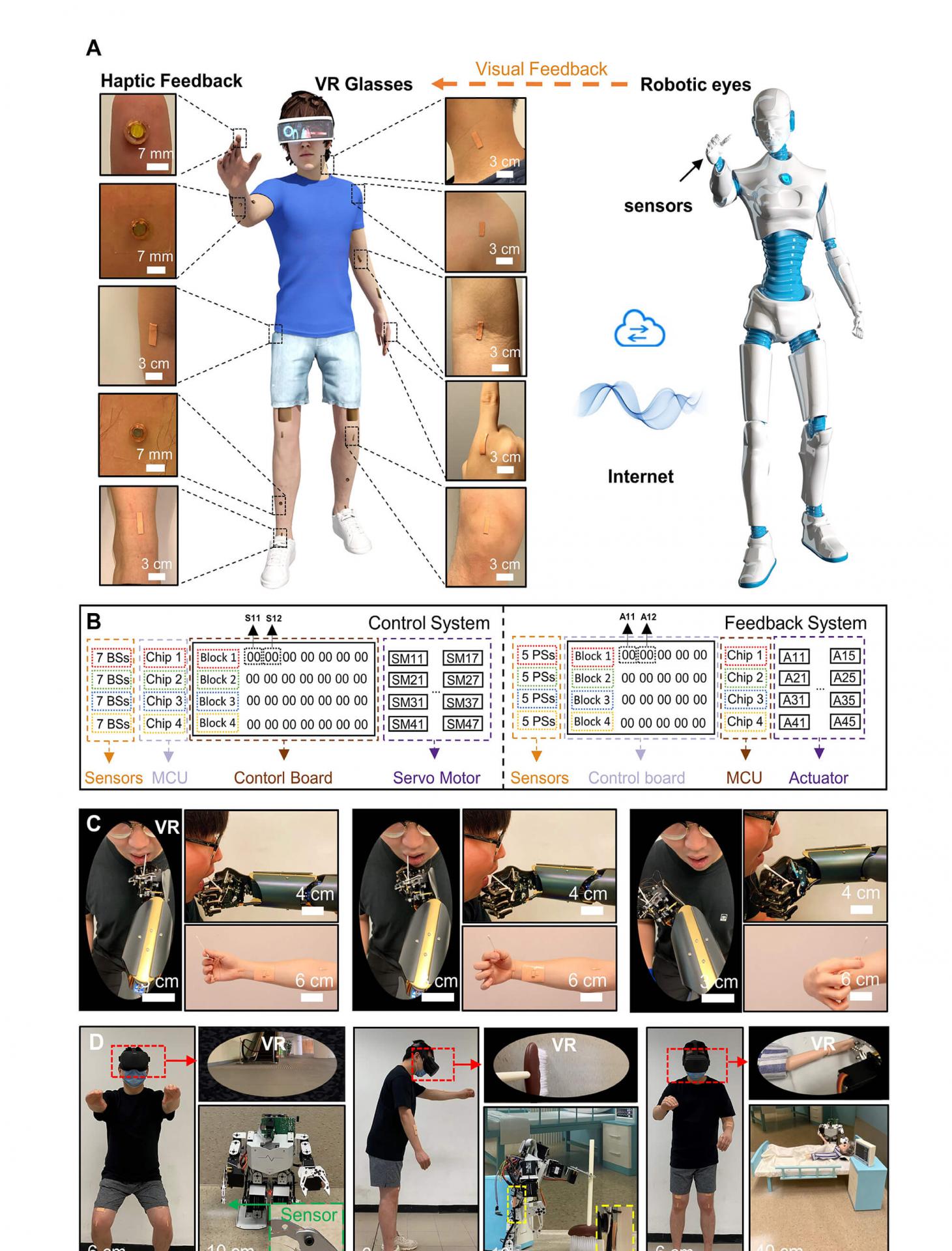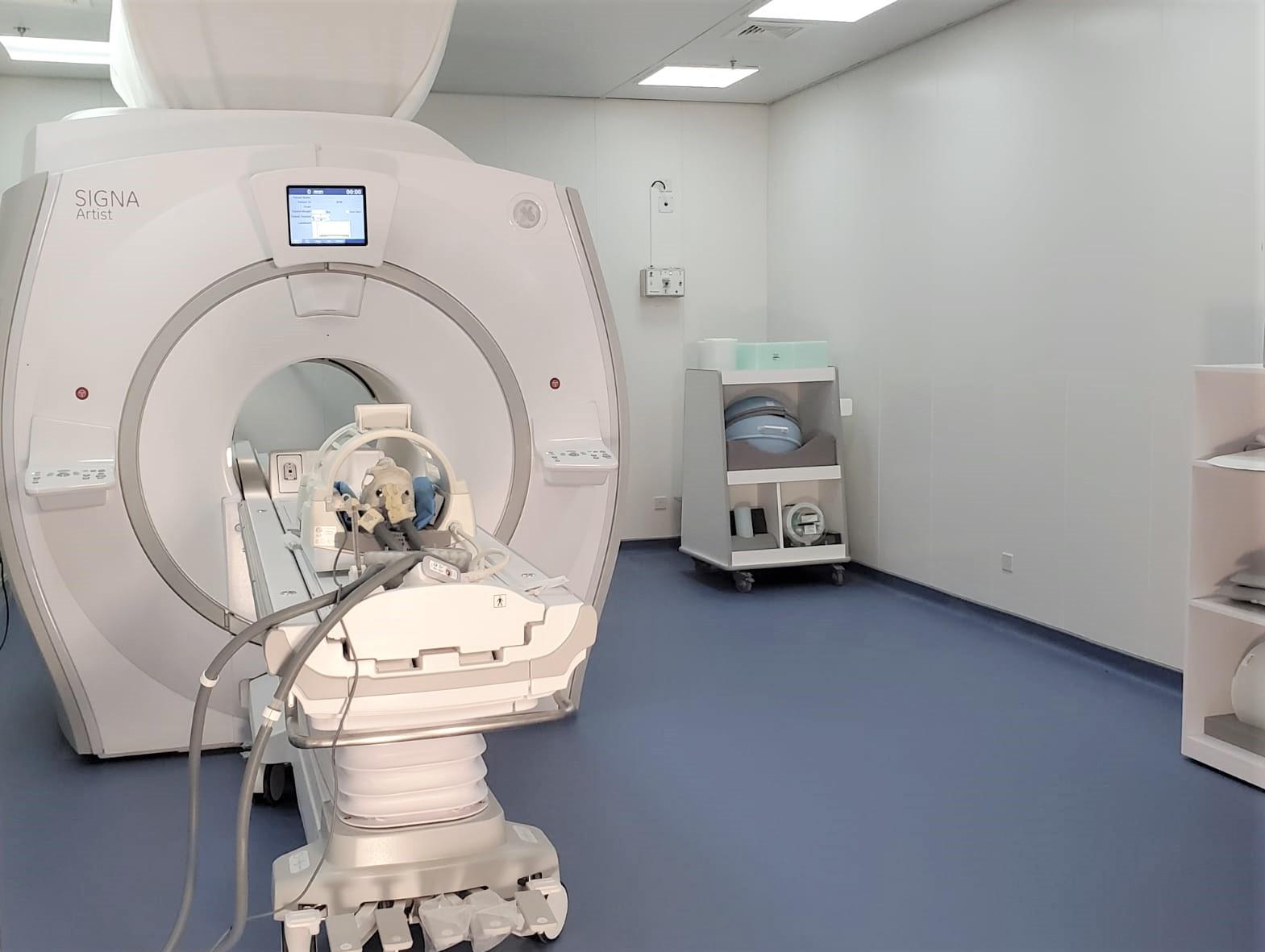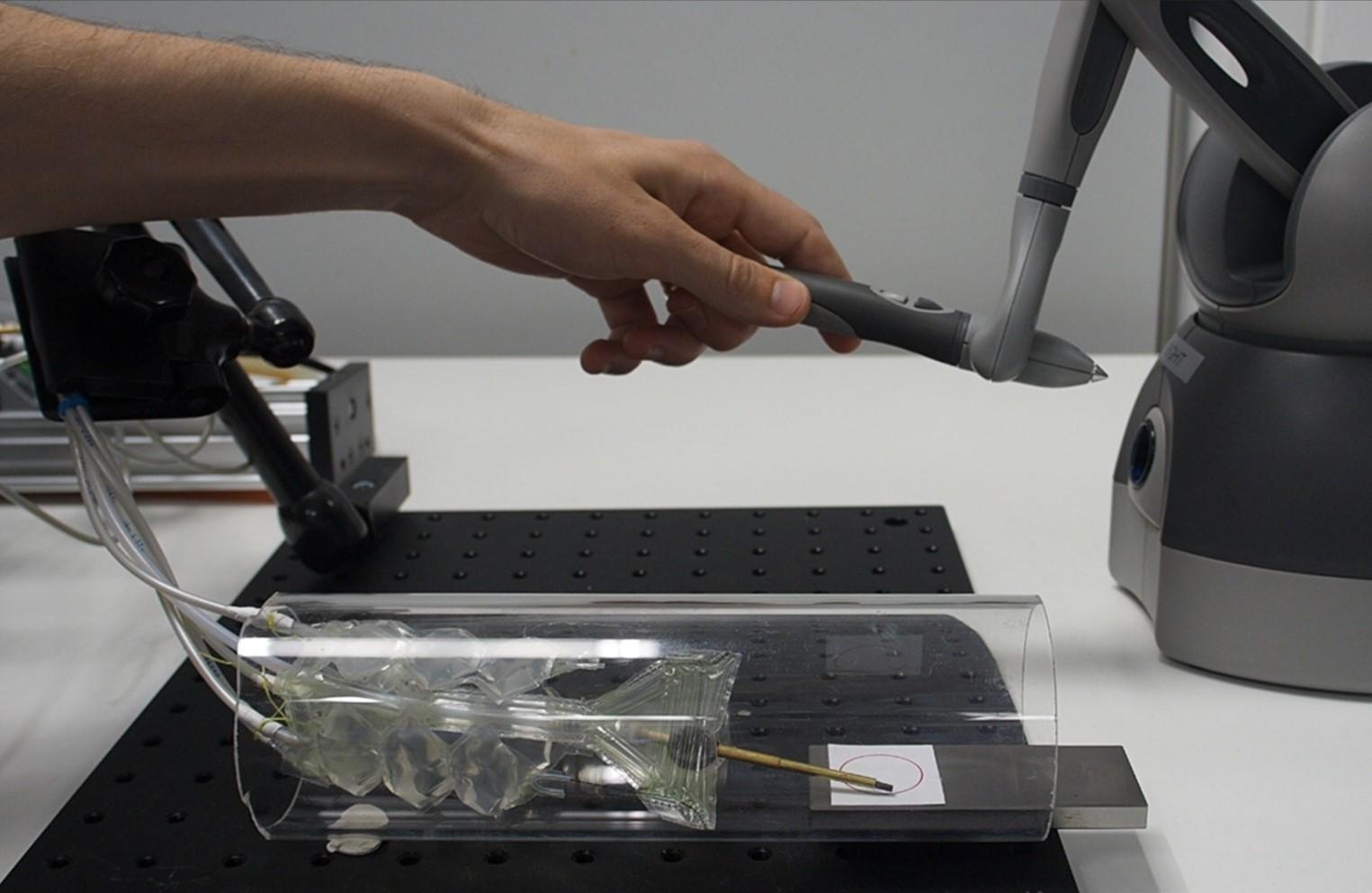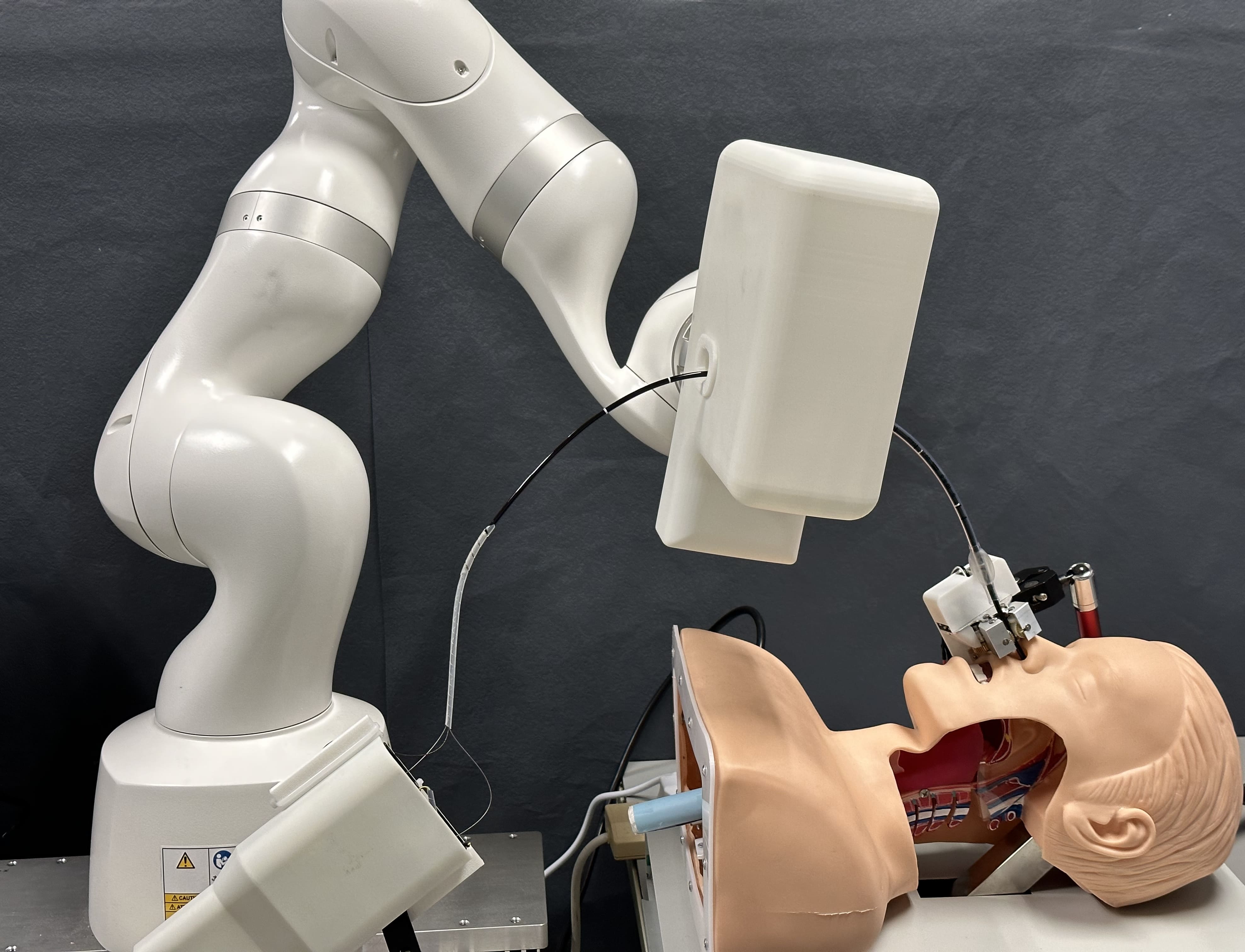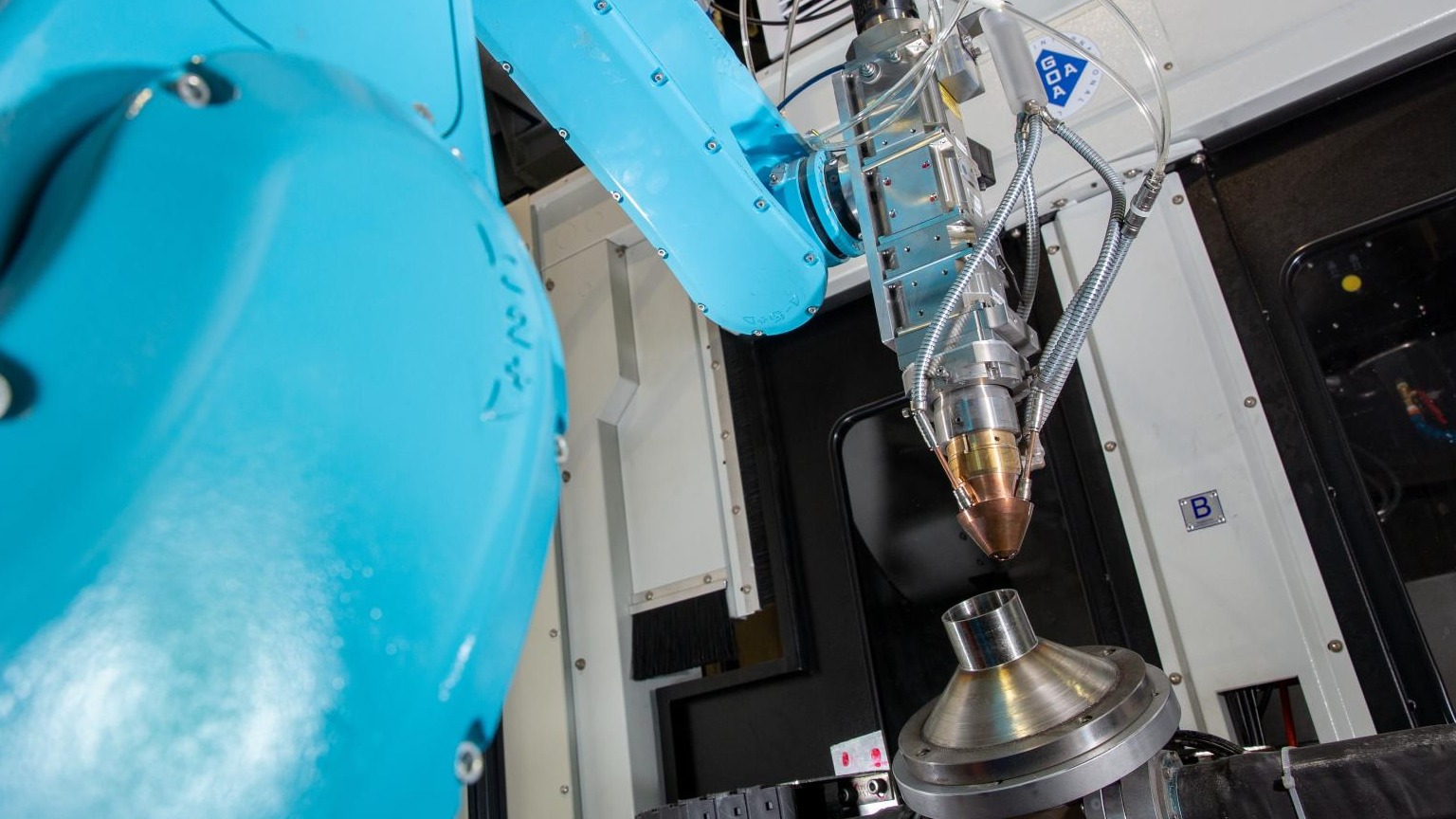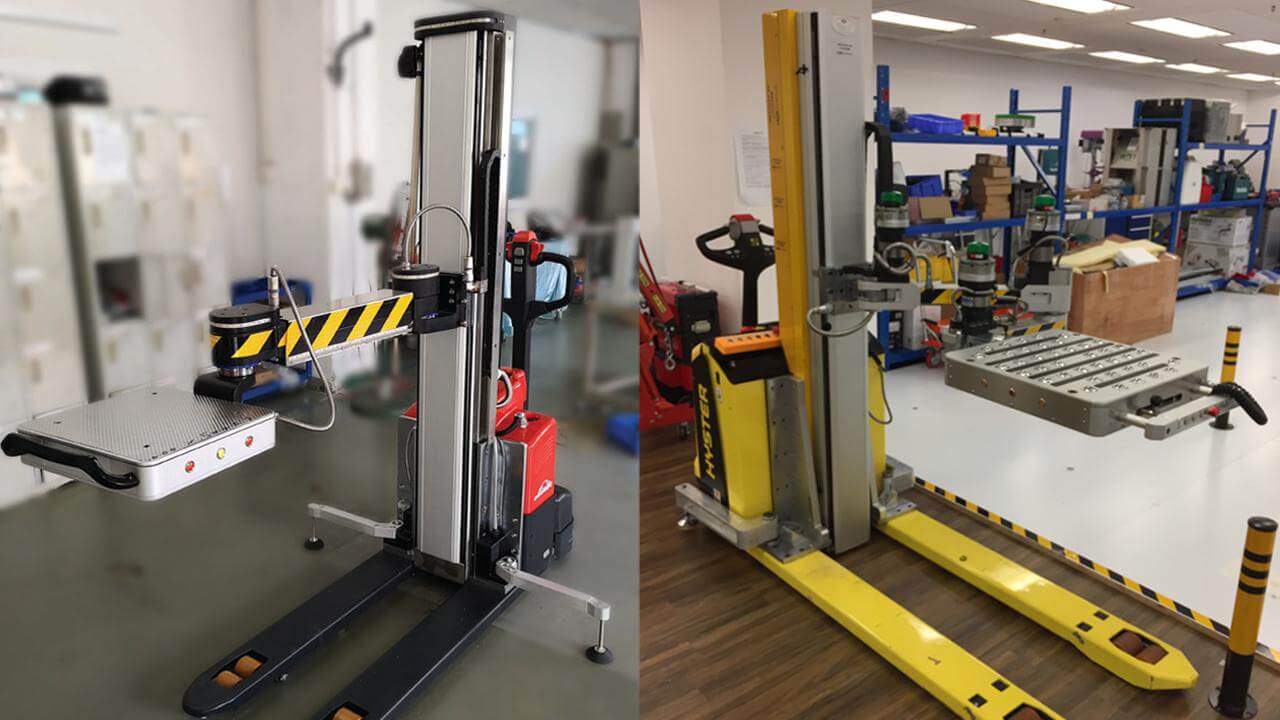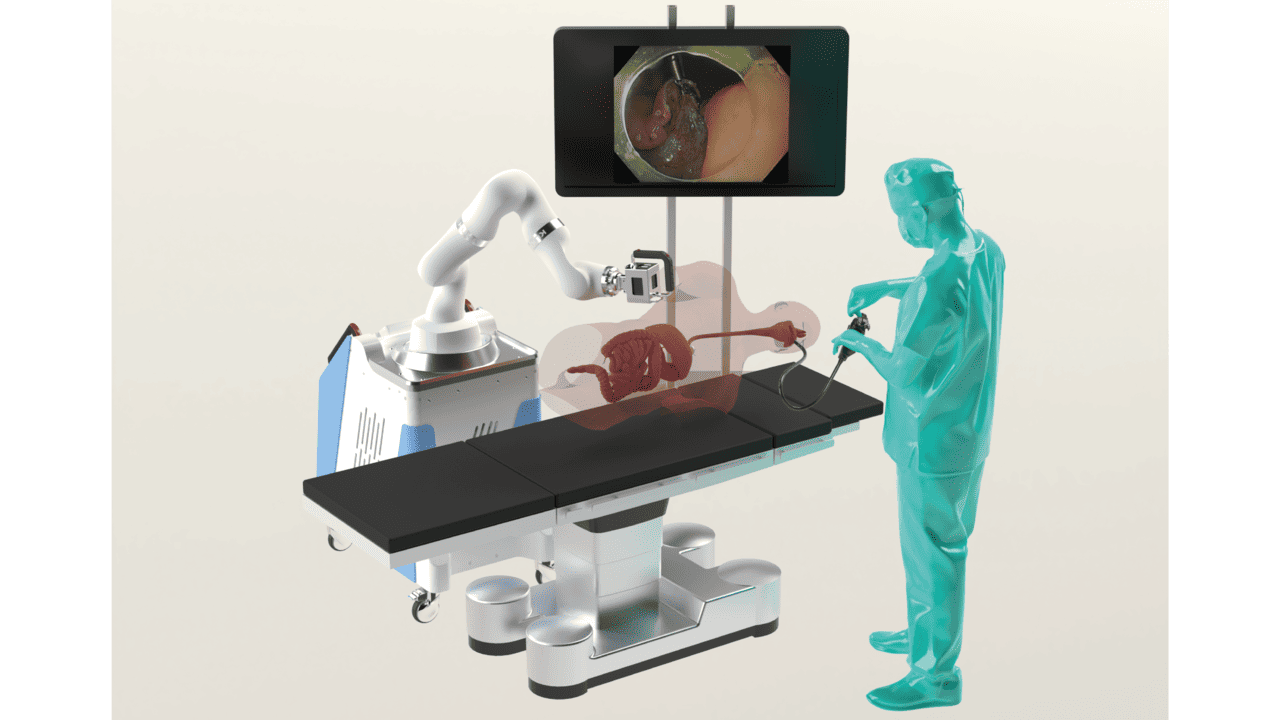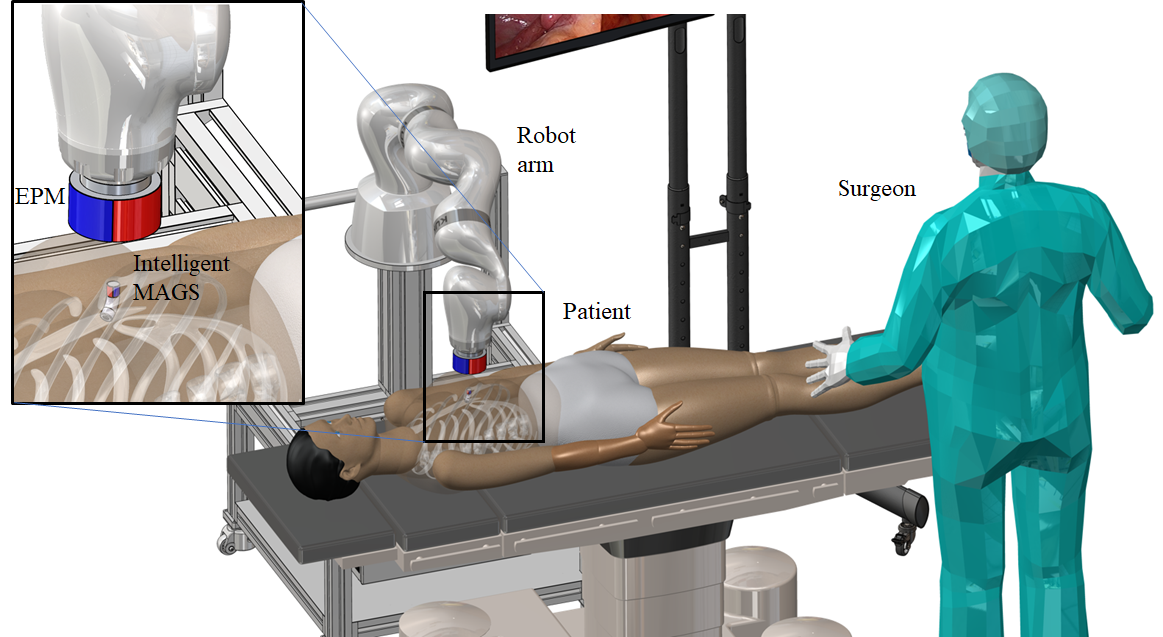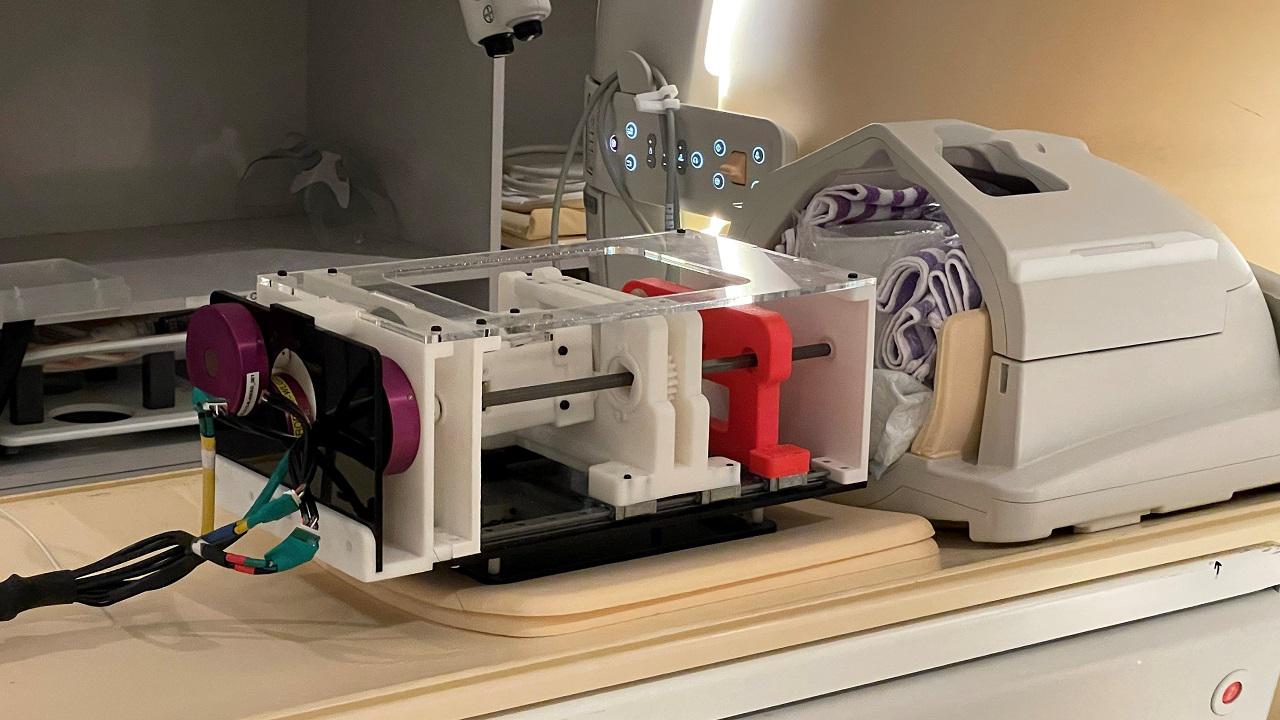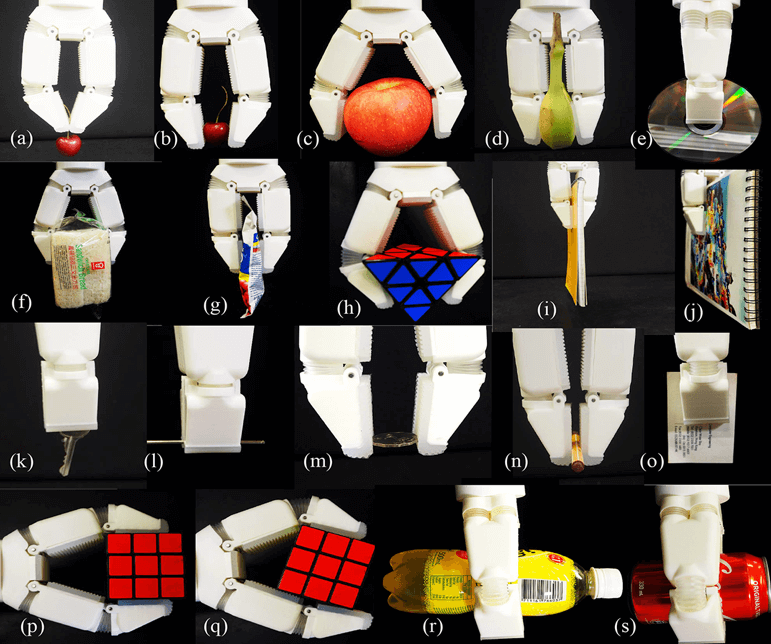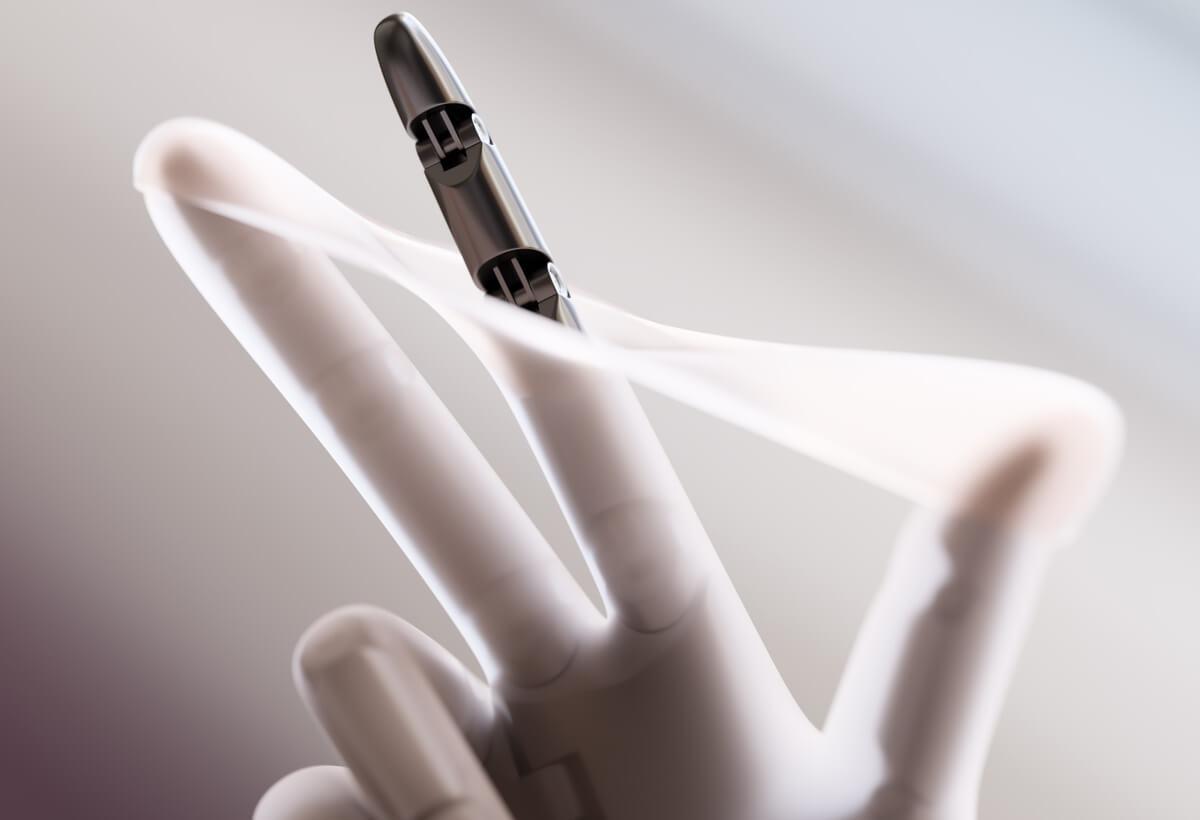
Embodied AI Ultrasound System

The technology of embodied artificial intelligence enables fully automated ultrasound scanning, liberating sonographers and automating and digitizing ultrasound examinations, thus improving the efficiency of ultrasound procedures.
The demand for ultrasound in health check-ups is increasing, and there is a significant shortage of professional ultrasound physicians. Fully automated ultrasound scanning systems can address this issue and can even provide services beyond the health check-up department, making intraoperative ultrasound a routine practice.
- Based on large language models and graph neural networks for instruction recognition and decomposition, it can simultaneously provide medical question answering or enable ultrasound robots to perform operations, while also responding to instructions to adjust imaging during the scanning process.
- The intelligent contact perception algorithm adjusts the probe's pose in real-time based on the contact status while maintaining a constant contact force.
- The intelligent image algorithm detects blood vessels or target organs in real time.
- Reduce labor costs and provide more ultrasound examination opportunities.
- Reduce the barrier to entry for ultrasound scanning. With just basic training, physicians can operate fully automated ultrasound machines.
- Digitize and standardize ultrasound scanning operations.
- The embodied artificial intelligent ultrasound scanning system can perform multi-site ultrasound examinations, including the carotid artery, thyroid, femoral artery, and liver, without supervision. This significantly reduces the labor costs associated with ultrasound examinations and provides more possibilities for intraoperative ultrasound.
Under the Memorandum of Understanding signed between HKSAR Government and Chinese Academy of Sciences (CAS), CAS established the Hong Kong Institute of Science & Innovation of Chinese Academy of Sciences (HKISI), its affiliated institution in Hong Kong, with a view to facilitating its presence in the research clusters on healthcare technologies and on artificial intelligence and robotics technologies. The institution aims to promote transfer and translation of scientific research results, coordinate collaboration between the CAS and local universities, and undertake technological education and promotion activities.
The Centre for Artificial Intelligence and Robotics (CAIR) of HKISI, was established in 2019 and is located at Science Park, Hong Kong. Its development is led by the Institute of Automation, Chinese Academy of Sciences (CASIA), also supported by the InnoHK programme from Innovation and Technology Commission. It is positioned to become a world-class research institute for AI and robotics, emphasizing applications in the range of healthcare, fintech and arts. CAIR aims to become an international hub for scientific research and technological innovation centre with global influence in the Guangdong-Hong Kong-Macao Greater Bay Area.
